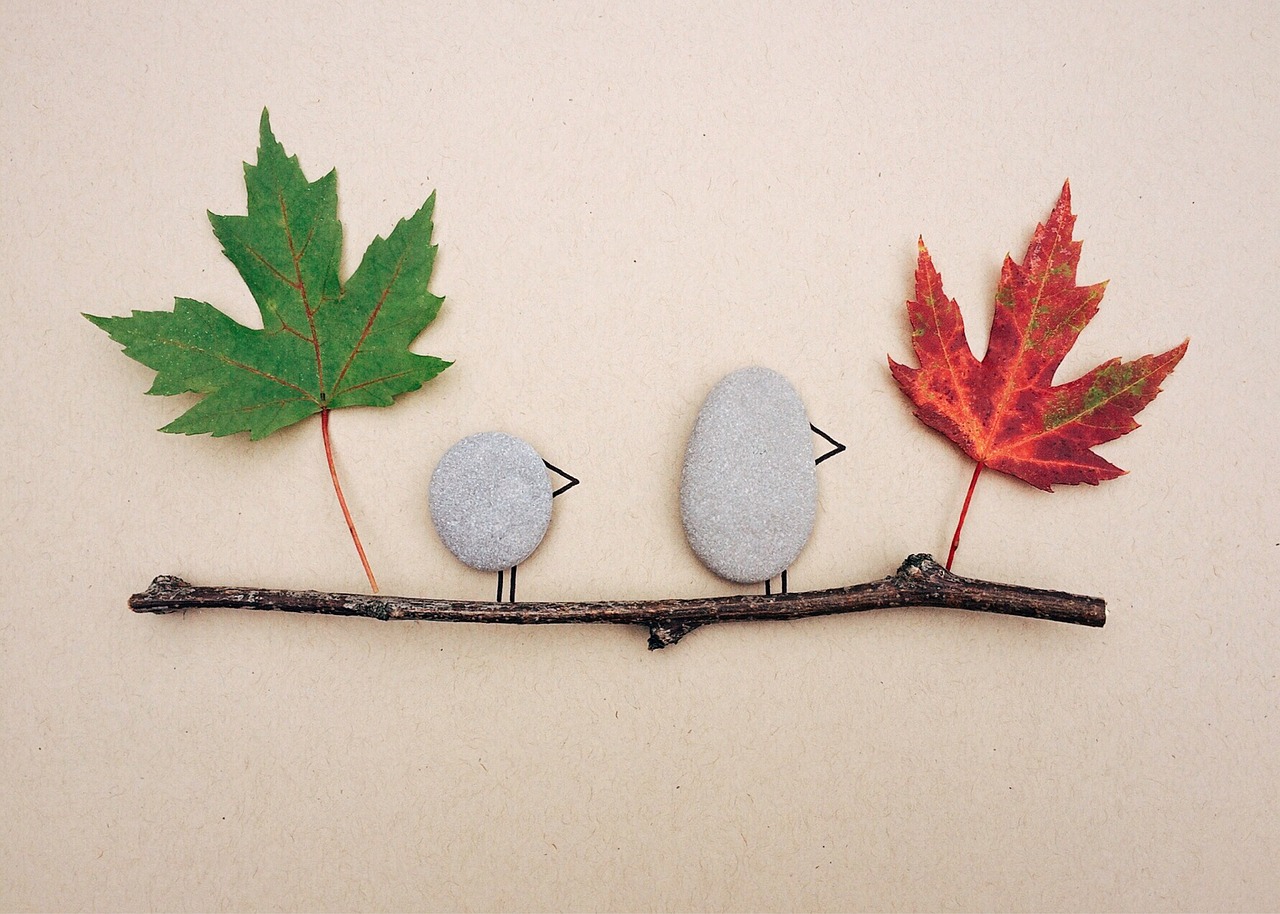
Word Builders Jr.
logy
What does it mean?
Practice Activities
Print a worksheet or try the activities below
Move the pictures into the correct boxes.

a fun science learning website for all students
Here are some examples: green, gold, ground, grass, things that glow

Go outside, look around and choose one of the things from your list. Spend some time sketching pictures of your letter G item in your nature journal.
On your journal page, make sure to include location information. WHERE did you find it? Include some timing information. What season is it? What time of day?
If you can, add some of the actual items into your journal (like a few blades of grass).
Leave a Reply
Would you like to share your nature investigation with other Smart Pegs? Take a photo or a short video of your journal entry and Leave a Reply below!
Like someone else’s ideas? You can reply to them, too!
What is something that Louis Fuertes did differently than other bird artists?
Do you think Louis Fuertes’s work helped animals? Do you think his work helped people? How?
Louis Fuertes combined his skill of painting and his love of nature to create work that was important to the world. Do you have a skill and something you love? Can you think of a way you could combine them?
There is lots of bird art throughout this book. Which bird would you most want to know more about? How does seeing the bird in art make you interested?
Try being a bird artist like Louis Fuertes! Find a bird to watch outside or in a video. Then draw or paint a picture of the bird. Include things you observe about the way the bird moves or acts in your picture.
Would you like to share your thoughts about this book with other Smart Pegs? Choose a question above and Leave a Reply below!
Like someone else’s ideas? You can reply to them, too!
Look for objects in nature that you could use to make art.

Take a walk outside. Collect some nature objects that catch your attention. Even in winter, when flowers and animals might be harder to find, there are still plenty of nature objects around. Leaves, seeds, feathers, and rocks are just some examples.
When you return home, create a work of art using your nature objects.
On your journal page, record information about your art and the nature objects you used.
Include a picture of your art in your journal.
Leave a Reply
Would you like to share your nature investigation with other Smart Pegs? Take a photo or a short video of your journal entry and Leave a Reply below!
Like someone else’s ideas? You can reply to them, too!